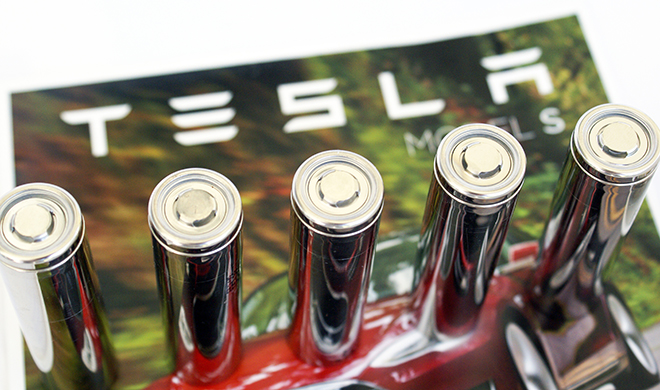From the beginning, Tesla’s use of readily available cylindrical battery cells gave it an advantage over other EV-makers, which used proprietary prismatic or pouch cells. In 2015, JB Straubel explained why Tesla was sticking with cylindrical cells, even though others found it a controversial decision. Over the years, many writers have noted Tesla’s battery tech advantages over would-be competitors – just this month, Cairn Energy Research Advisors called the company’s cylindrical cells “more advanced,” and estimated they helped Tesla to achieve pack-level costs of $158 per kilowatt-hour in 2019, while legacy automakers costs were over $200/kWh.
So, when Benchmark Mineral Intelligence reported that Tesla plans to use prismatic cells in the Model 3s it’s building in China, it was quite a shock – a bit like hearing that Apple plans to develop a new OS based on MS-DOS. (A two-year cell supply agreement between Tesla and CATL was announced a couple of weeks ago, but as of this moment, Tesla has not confirmed that these will be prismatic cells.)
Will changing the cell format require a redesign of the battery pack and BMS? Noting that the news “will take some time to process,” CleanTechnica’s Chanan Bos reports that the format change is enabled by putting cells straight into the battery pack without modules. CATL has developed a cell-in-pack technology, and Tesla has reportedly also been working on something of the kind.

This explains the how, but why would Tesla make such a major change? Reuters reports that CATL’s battery cells will be free of cobalt, which is an advantage, but according to Benchmark Mineral Intelligence, the main goal is cost reduction: the redesigned pack will save Tesla some 25 percent in production costs on the base model made-in-China Model 3.
Meeting the eligibility criteria for Chinese EV subsidies may be another objective. There may be other advantages as well. CATL’s cells will use an LFP battery chemistry, and according to InsideEVs, this can deliver cells that are more stable and less prone to fires.
Sources: Reuters, Benchmark Mineral Intelligence, CleanTechnica, InsideEVs



















































